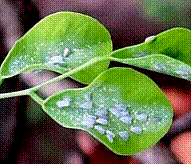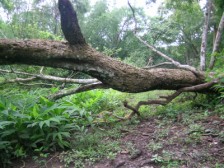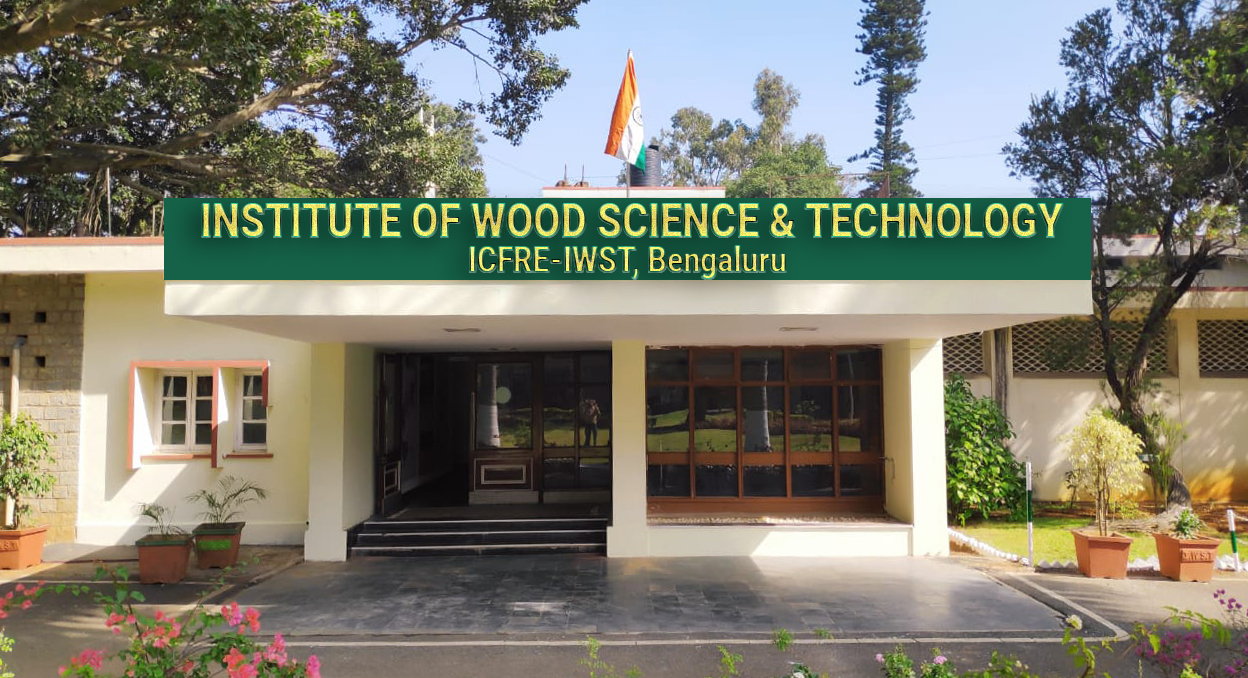Insect Biodiversity
Studies on the species diversity of whiteflies

164 whitefly species which were found breeding on different tree species in Western Ghats of South India were identified in which 52 species were determined new to science and four new genera viz.,. Davidiella, Distinctaleyrodes, Icfrealeyrodes and. Pesudcockrelliella have been erected. In addition, the natural enemy complex, associated with aleyrodids in Western Ghats of southern India, has been documented. Three whiteflies were reported for the first time from India.
Diversity of Canopy insects
Canopies of Vateria indica suitable for sampling were identified, three types of passive insect collection traps – canopy pitfall traps, canopy light traps and canopy yellow pan traps were designed, fabricated and tested.
Insect Diversity in Selected Provenances of Sandal
A total of 365 insect species representing 13 orders were found breeding in provenances of sandal. Among them, 137 insects were found phytophagous on sandal, which includes 71 species of sapsuckers, 52 species of defoliators, 3 species of bark feeders/borers, 4 species of stem borers, one species of flower feeder, 2 species of seed feeders and 4 species of dry/dead wood borers. The predatory communities in all the sandal provenances consists of 22 species each of Coleoptera and Odonata, 14 species of Mantodea, 7 species of Hemiptera, 5 species of Neuroptera and one species each of Diptera, Hymenoptera and Lepidoptera. Among them 4 species of Coleoptera, one species each of Diptera and Lepidoptera, two species each of Hemiptera and Hymenoptera and 20 species of Odonata were reported for the first time from sandal forest areas . The parasitic insect communities on insect pests of sandal comprise 52 species of Hymenopteran parasitoids and 5 species of Dipteran parasitoids. The checklist of insects in sandal-dominated ecosystem with 1364 insects under 157 families in 14 orders is prepared.
Diversity of xylophagous insects/fungi in fallen logs in Nilgiri Biosphere reserve.

Fallen log in Nagarhole BR
An attempt was made to quantify the diversity of insects associated with fallen logs in the Nagarahole Range of Rajiv Gandhi National Park, which is a part of the Nilgiri Biosphere Reserve in India. Logs from various tree species in different stages of deterioration were selected from two natural forest types (moist deciduous and dry deciduous) and plantations of Tectona grandis. Insects were sampled through different methods: sampling through direct search over a fixed area of the log, specially designed emergence traps and sticky traps were employed in the field; insects were allowed to emerge from wood pieces placed in emergence cages in the lab; and, insects were also sampled from the fungal fruiting bodies occurring on the fallen logs. Over 50,000 insects were sorted to 11 Orders and 345 morphospecies for estimating diversity. Less durable tree species like Bombax ceiba harbored more insect diversity than more durable tree species like Tectona grandis. Results also indicate that freshly fallen logs harbor greater diversity of xylophagous insects than older fallen logs. About twenty-five species of fungi are reported from dead logs at various stages of degradation indicating that logs harbor considerable diversity at later stages of their degradation also
Database on Wood Insect Diversity in India
The first ever datatbase on wood insects of India covering the details of the important timber species and their associated wood feeding insects along with their taxonomic status, biological details, host range etc. is getting ready for launching in the world wide web.



